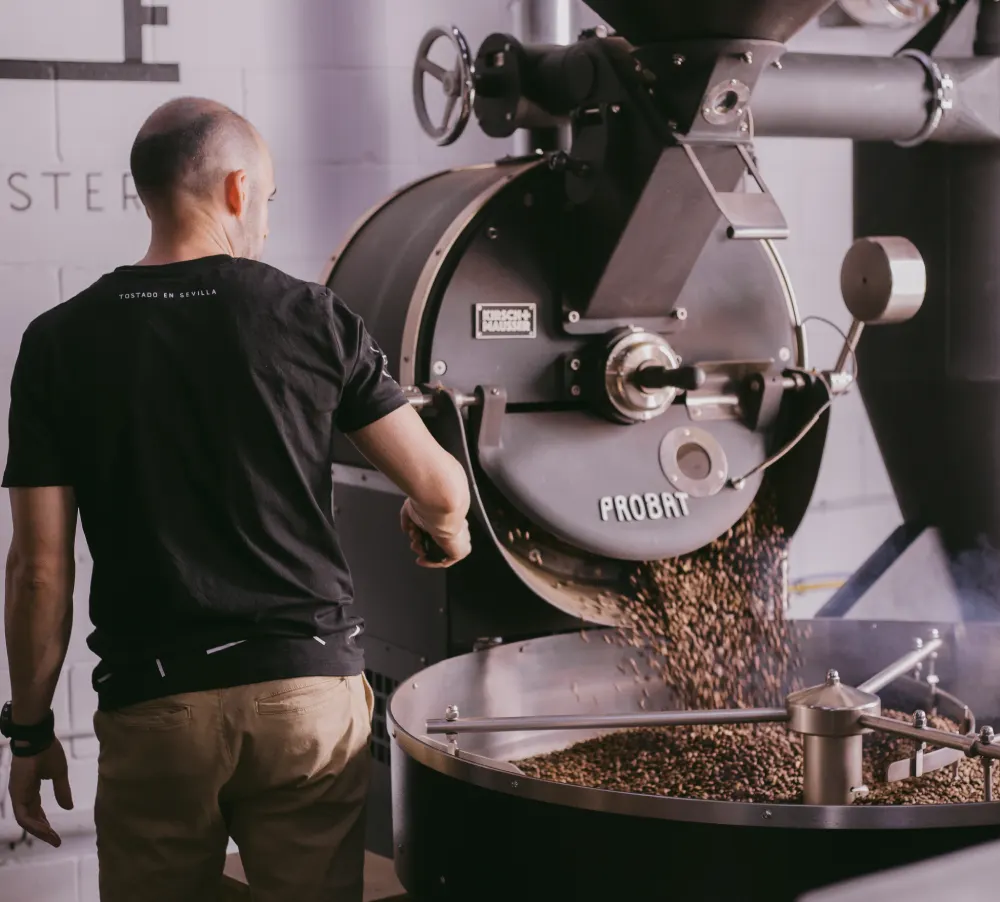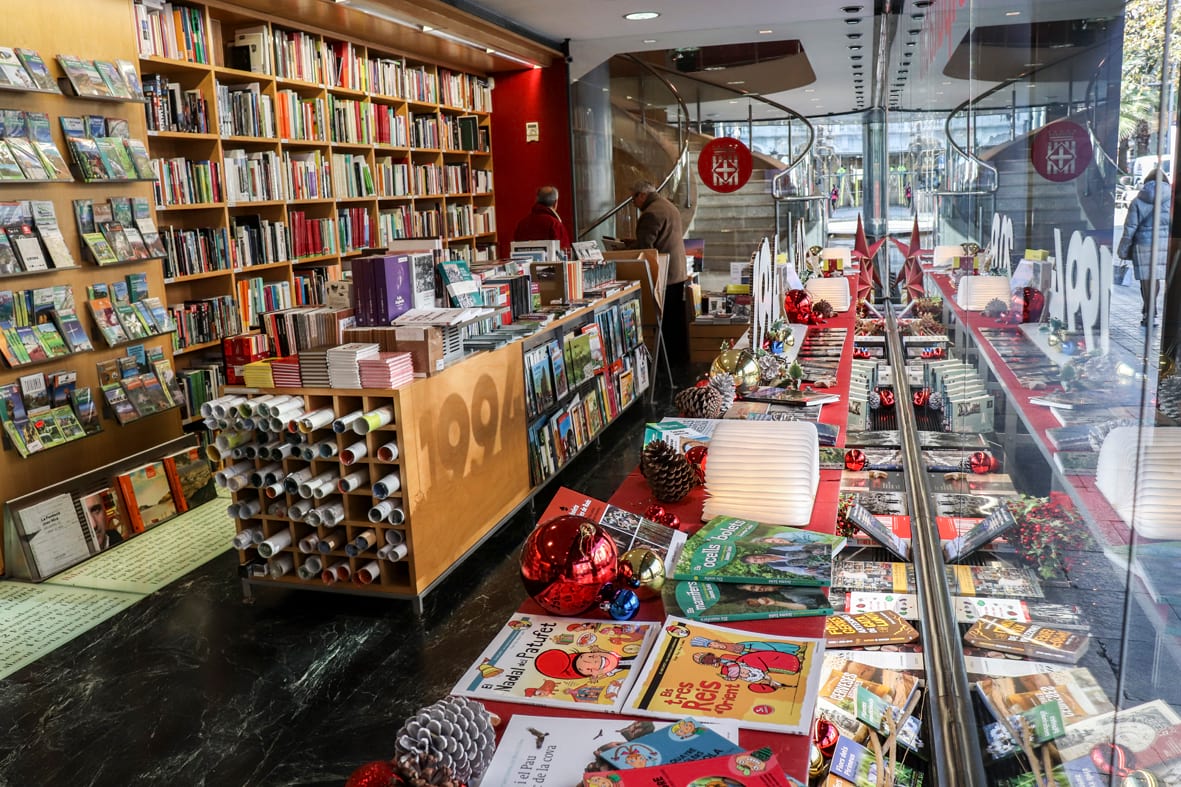Creativity has the power to change the perception of spaces. In the emblematic neighborhood of Gràciathe transformation of the perimeter fence surrounding the Mercat de l’Abaceria construction site is a clear example of how art can revitalize an urban environment. A vibrant mural, full of color and symbolism, was born to pay homage to the rich cultural identity of the neighborhood and, at the same time, generate an emotional connection with those who pass through it every day.

Art as a tool for community cohesion
The mural is not just an aesthetic work; it is a vehicle for fostering a sense of belonging. In a neighborhood as diverse as Gràcia, where generations of residents coexist with newcomers, such initiatives have a profound impact. The images depicted-such as the clock tower or Sant Jordi celebrations-serve as a visual reminder of the ties that bind the community together.
In addition, the mural is aligned with fundamental values such as sustainability and proximity. Local products, represented through seasonal fruits and vegetables, connect with the market’s philosophy and with a lifestyle that is committed to fair trade and environmental sustainability. This approach reinforces the identity of the Mercat de l’Abaceria as an epicenter of local life.
 The strategy behind the work
The strategy behind the work
It is no coincidence that this mural is located on the perimeter fence of the market under construction. Beyond its decorative function, the intervention seeks to make an environment marked by construction more friendly and, at the same time, to keep the public’s attention on the future market. The design, which stretches 86 meters long, functions as a constant reminder of what is to come: a renovated space that will continue to be a key point in the life of the neighborhood. The choice of the illustrator, a resident of Gràcia, is also significant. Her knowledge of the local culture and her personal connection to the neighborhood have allowed for an authentic, close and deeply emotional representation.
This type of decision strengthens the idea that art should emerge from the community and for the community.
Tradition and innovation hand in hand
One of the particularities of the mural is how it manages to integrate traditional elements with a contemporary aesthetic. Typical festivities such as the Castanyada or Carnival are presented in a fresh and accessible way for all audiences. The balance between classic and modern is key to this work becoming a timeless symbol of the neighborhood.
The mural also stands out for its ability to narrate the seasons of the year through local customs and landscapes. From the garrisons of summer to the Christmas details of winter, each segment of the work invites passersby to reflect on how the cycles of time affect daily life and traditions. This narrative approach turns the billboard into a kind of living calendar.
Impact beyond art
The initiative not only has cultural, but also economic and social implications. By revitalizing the area, the mural attracts both residents and visitors, encouraging the flow of people into the area. This, in turn, benefits nearby businesses and creates a more dynamic and safer environment. In addition, the presence of such visible art stimulates conversations about the importance of preserving traditions in a context of urban change.
How can modernization be balanced with respect for local history? This mural could be the beginning of that necessary dialogue.
The expectation of what is to come
Although the mural is in itself a complete work, it also functions as a prelude to what will be the new Mercat de l’Abaceria. The community is already looking forward to the opening of the space, which promises to be a renewed meeting point for all neighbors.
Initiatives like this demonstrate that culture can be an engine for positive change. Instead of letting the works be a disruptive element, they become an opportunity to generate enthusiasm and hope. Art, in this case, not only beautifies, but connects and transforms.


 The strategy behind the work
The strategy behind the work
